Hawaii—a beautiful archipelago of volcanic islands in the central Pacific Ocean—has breathtaking landscapes, unique culture, rich history, enticing coastline, and majestic mountains which have long captivated visitors from across the world. The state is, of course, a popular honeymoon destination for couples.
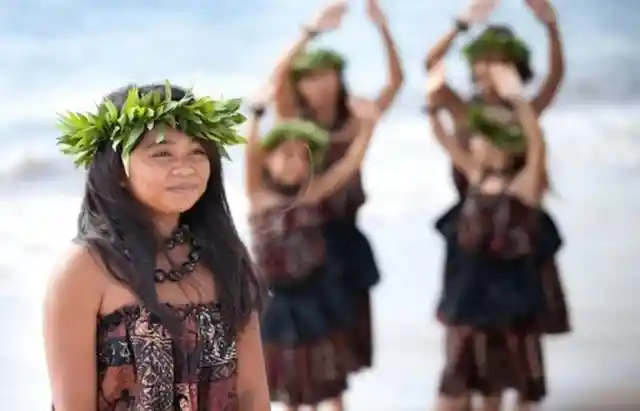
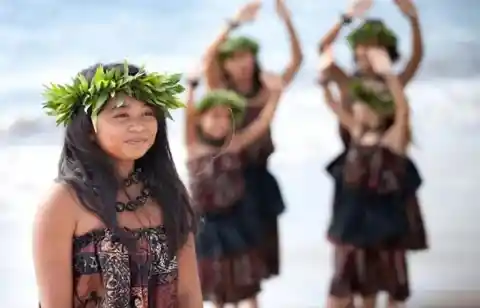
Iconic romantic films such as "From Here to Eternity" and "50 First Dates" were shot on the island of Oahu. Everyone has either been to or dreamt of being in Hawaii, often referred to as the Paradise of the Pacific. But there are many fascinating facts about these volcanic islands that you probably didn't know.
Winter in Hawaii
Mount Haleakala is actually a dormant volcano on the island of Maui. It's the highest point in the state. While we often think of Hawaii as being full of beautiful beaches and warm weather, Mount Haleakala has an elevation that exceeds 10,000 feet, meaning that the top of the summit is actually quite cold!
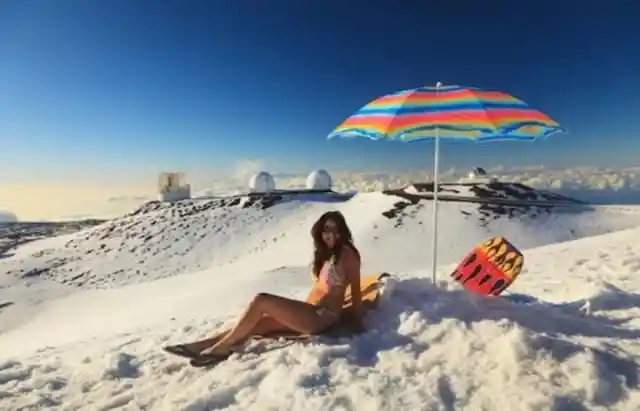
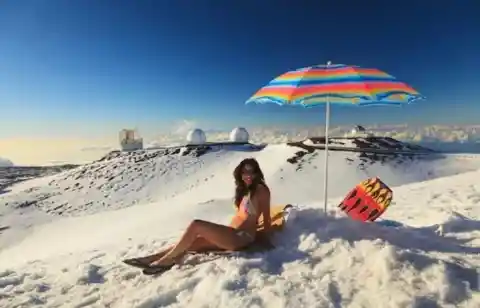
Every year, snow falls on the summit of Hawaii's tallest volcanoes. Visitors can catch snowfall by visiting Haleakala, Mauna Kea, and Mauna Loa during the winter months. But sometimes, if you’re lucky, you can catch it at Mauna Kea during summertime—or even during the dry season!
Diverse Species of Sea Turtles
In Hawaii, you can see five of the world’s seven sea turtle species, including the green sea turtle (honu), hawksbill (honu‘ea), leatherback, loggerhead, and olive ridley. The green sea turtle is the most common turtle seen in Hawaii's waters, while the hawksbill comes in second place.
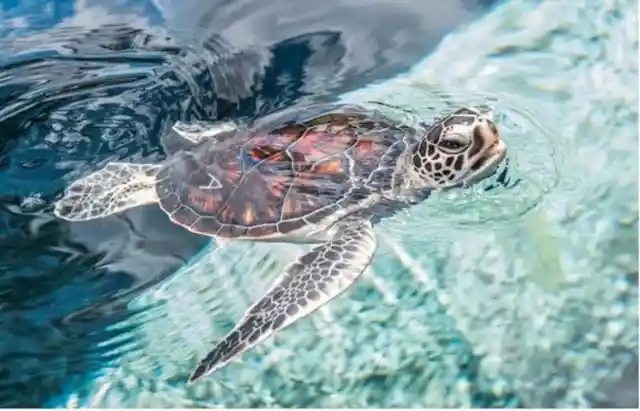
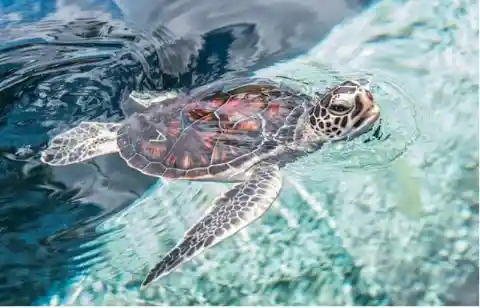
One beach on Maui is even nicknamed "Turtle Town," and snorkelers often see these graceful creatures while they're in the water. Catching a glimpse of these gorgeous animals is an experience to treasure—just be careful not to disturb them too much in their natural environment.
Jason Momoa was born in Hawaii
Hawaii is often known as a tropical paradise—so it's hard to believe that many people were born and raised there. Especially big Hollywood stars like Jason Momoa, who played the titular character in the DC Extended Universe film Aquaman. But despite being a native Hawaiian, Momoa wasn't raised in Honolulu.
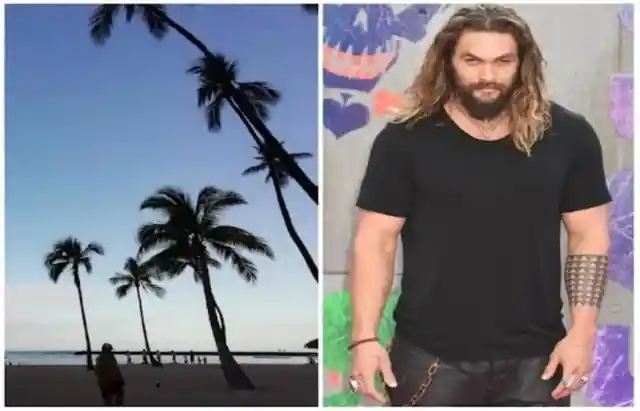
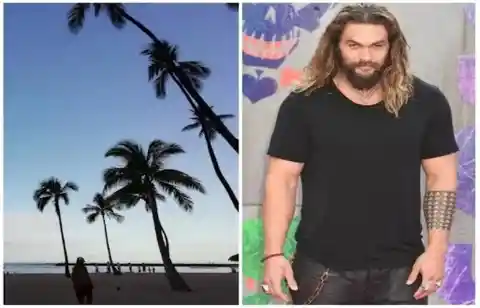
After his parents split up, he moved to Norwalk, Iowa. Jason Momoa returned to Hawaii after college to connect with his father. He was spotted by a modeling agency in 1999 and named Hawaii's Model of the Year, launching his career as an actor.
Former President Barack Obama was born in Hawaii
The people of Hawaii must feel a little pride when thinking about the country’s former president. Barack Obama's parents, Ann Dunham and Barack Obama Sr. met and fell in love at the University of Hawaii. Two years later, they got married in Wailuku.
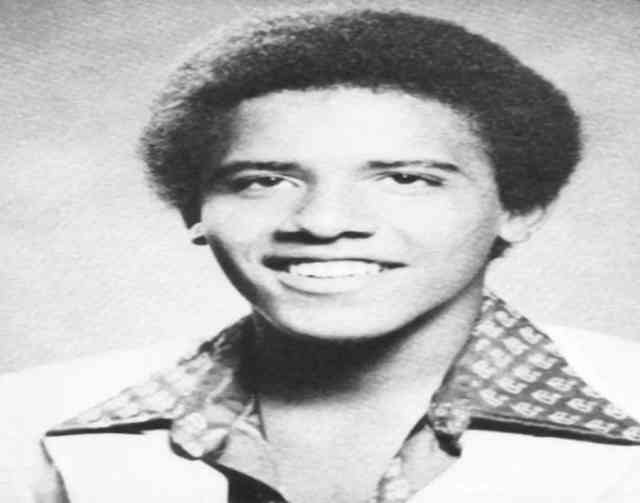
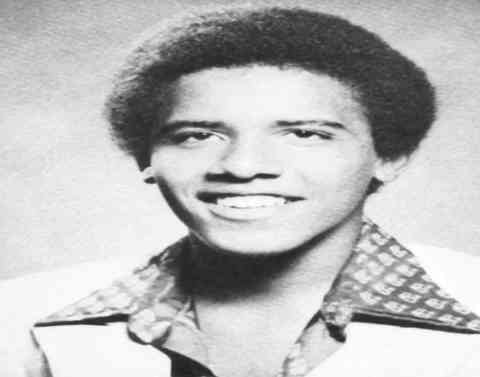
After six months of marriage, Barack Obama Jr. was born in the capital city of Honolulu, Hawaii, at the Kapi‘olani Medical Center for Women & Children in 1961. Although he didn't live in Hawaii for long, he did attend Punahou School, as shown in this yearbook photo, taken all the way back in 1979.
Hawaiian Leis Originated In Tahiti
In Hawaii, visitors often receive leis made of flowers as they arrive on the islands. The leis are meant to be worn around the neck. In the picture below, two women are making leis by stringing together beautiful bright flowers.
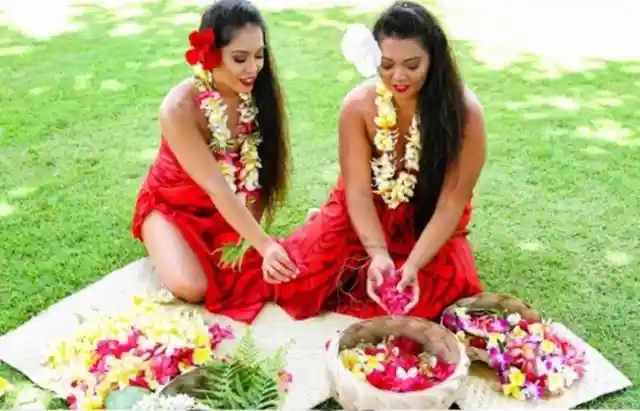
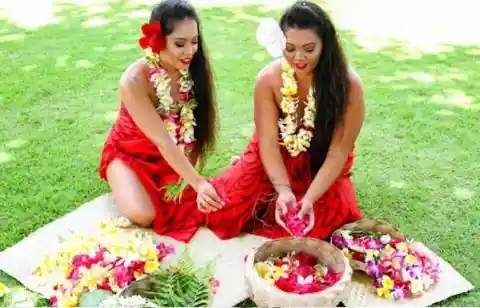
Lei is a traditional Hawaiian necklace typically made with flowers, but it can also be made with other natural materials like seashells, nuts, or even animal bones. Polynesian voyagers from Tahiti brought the tradition of making leis to Hawaii over a thousand years ago. They wore them to honor their gods.
The Practice of Wearing Leis
When you visit Hawaii, you will notice that many people wear leis on a daily basis. Leis are a common part of Hawaiian culture and symbolize the Aloha spirit of the islands. When someone offers you leis, be sure to accept them graciously.
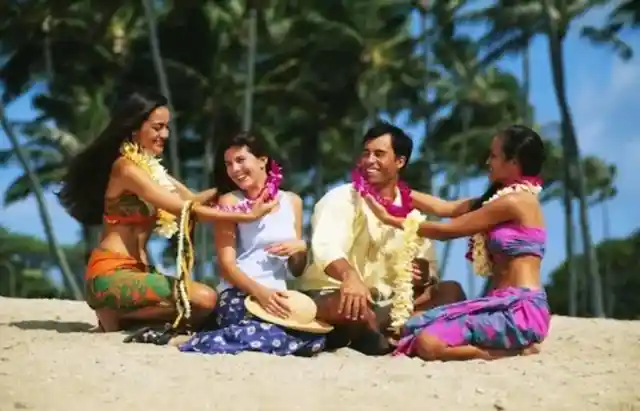
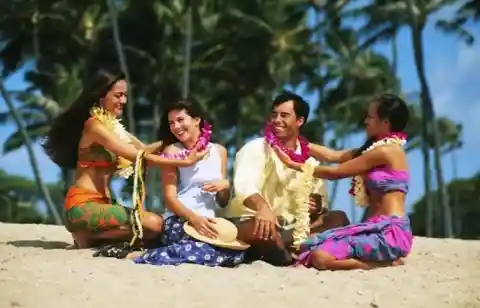
When someone gives you leis, there are a few things you should remember. First, make sure the flower garland hangs down both in front and behind you. Also, don’t take off the lei in front of the person who gave it to you. This is very rude and disrespectful in Hawaiian culture.
Poke, The Famed Hawaiian Dish
Poke, a native Hawaiian dish, is pronounced like the word “okay.” When you say it, the two words should rhyme. The word means "to slice." It consists of cubed pieces of raw fish marinated in soy sauce and served over rice with vegetables.


This dish is thought to have been prepared by Polynesian natives centuries before western travelers arrived on the islands. The zesty taste of poke has old roots back to a time when islanders rubbed sea salt and traditional relish onto their fresh catches.
Hawaii Is A Snake-Free State
If you can't stand the sight of snakes, consider moving to Hawaii. The islands are so isolated that there's no way for snakes to get there—except if people sneak them in personally. However, it is illegal to bring a snake into Hawaii.
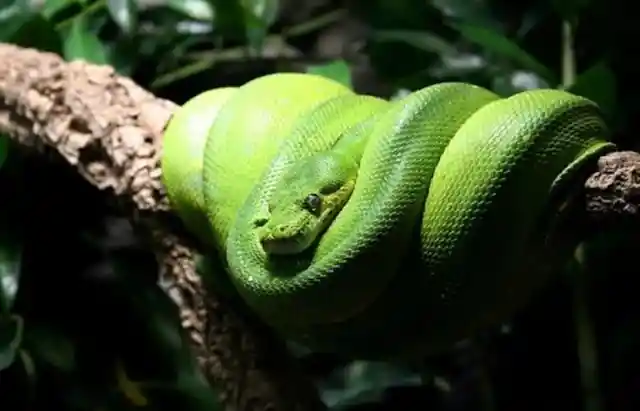
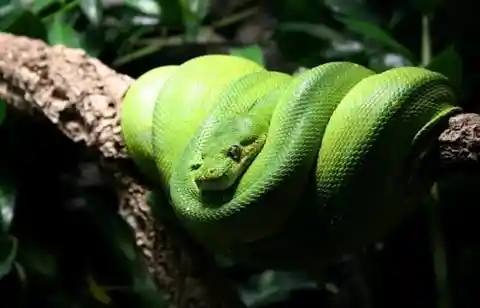
As much as we hate snakes, the Hawaiian government doesn't hate them quite as much. Snakes are illegal because there are no natural predators on the island. If snakes were to get there, it would turn into “snakeageddon” pretty quickly.
The Word “Aloha” Is More Than Just A Greeting
“Aloha” is the one Hawaiian word that most non-Hawaiians have probably heard of before. It's often used as a greeting when people meet each other on the island, so to outsiders, the commonsense translation might be "hello." However, aloha actually has many meanings and can describe a wide range of feelings.
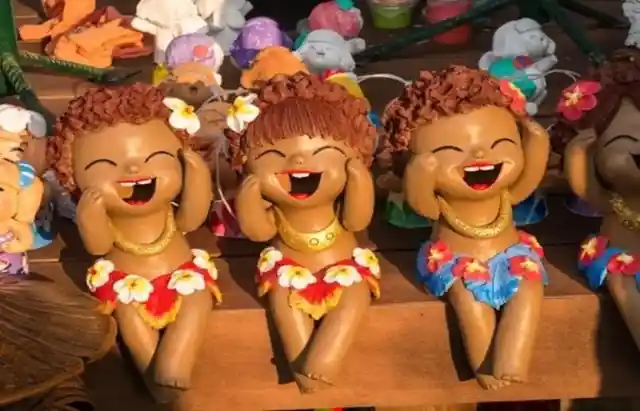
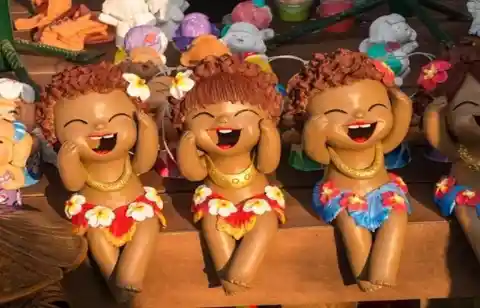
Aloha is a word that captures the spirit of Hawaii. It's more than just a casual greeting—it's an expression of love and compassion. Outsiders use it casually, but natives prefer not to use it unless they really mean it.
Frequent Shark Attacks
The movie Jaws took place on a fictional island—thank goodness. If you left the theater feeling like you were about to faint, you should know that Hawaii's waters are not the best place to swim. In the last decade, it was ranked second only to Florida in its number of shark attacks.
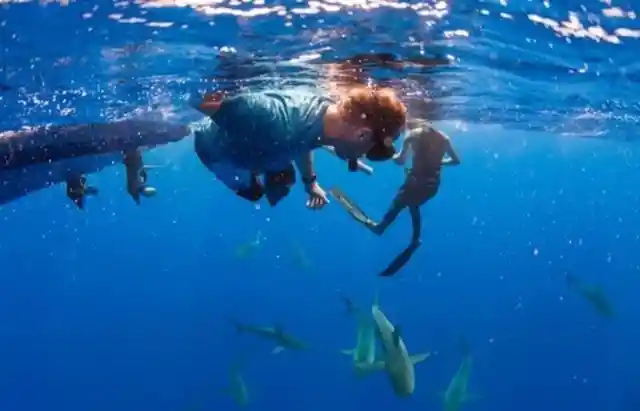
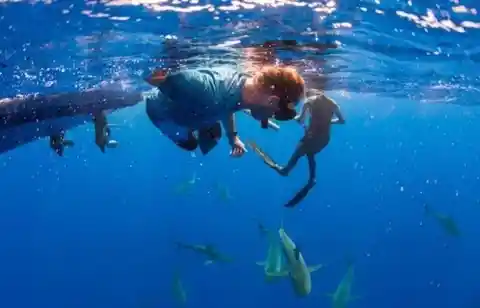
Still, don't let the possibility of being attacked by a shark deter you from taking that tropical vacation in Hawaii. Just be aware and take some precautions—like not swimming where lots of sharks gather to reduce the risk of an attack.
Mail a Coconut Without Additional Fees
Wouldn't it be great if you could send your in-laws a real coconut from Hawaii? The Hoolehua Post Office allows you to do just that! In the 28 years since the program began, tens of thousands of coconuts have been shipped to all corners of the world.
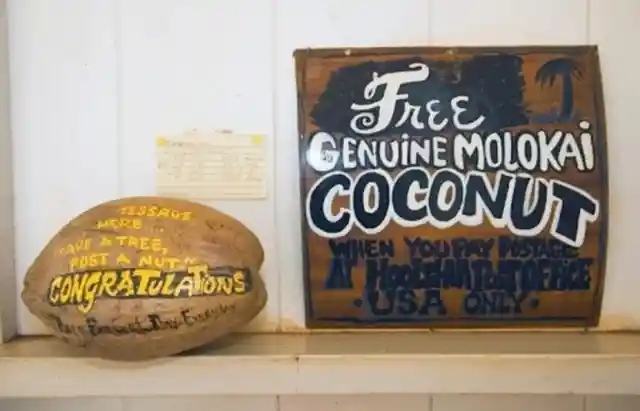
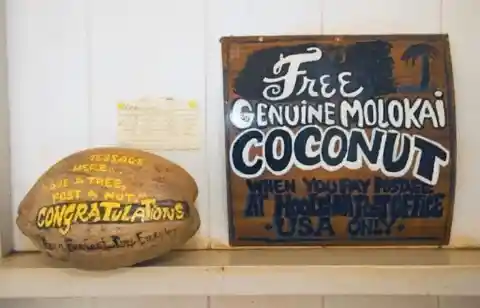
The Post-a-Nut Program began in 1991 and continues to this day. Choose a coconut, design it however you like, and the address gets written on with a permanent marker and sent off to the person of your choosing. The best part is that the coconuts themselves are absolutely free.
Hawaii’s Forbidden Island
Hawaii has eight islands, one of which is an island with no running water or electricity. Fewer than 50 people live there, and you can't go unless they invite you. They don't let just anyone in, so people from around the world are dying to go!
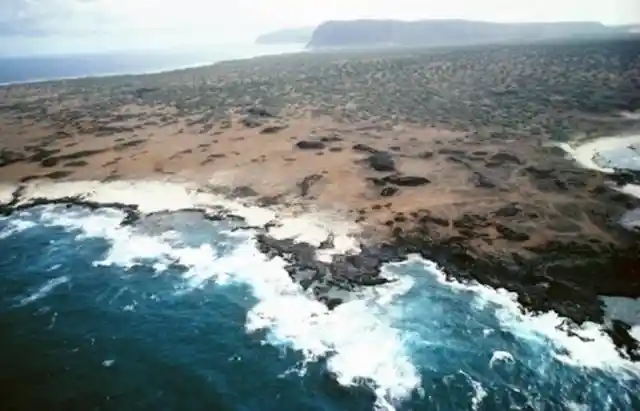
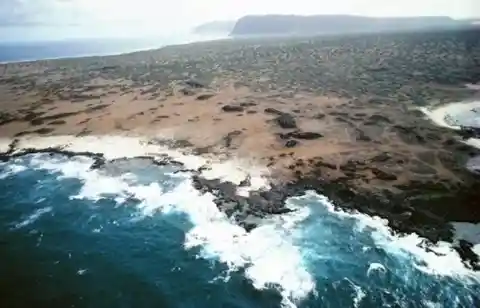
Niihau is a small island near Hawaii, commonly known as “Forbidden Island.” The island is privately owned and can be visited via helicopter, but tourists cannot stay overnight or make contact with the locals. The owners of the island say that they are keeping a promise to a former Hawaiian king—to protect Niihau from outside influences—and maintain its Hawaiian heritage.
Hawaii Became A Popular Filming Location
The stunning beaches and mountains of Hawaii make the islands a popular filming location. Directors choose to shoot films in Hawaii because they appreciate the natural beauty of the state. Some famous movies shot in Hawaii recently were Jurassic Park, Godzilla, and Tropic Thunder.
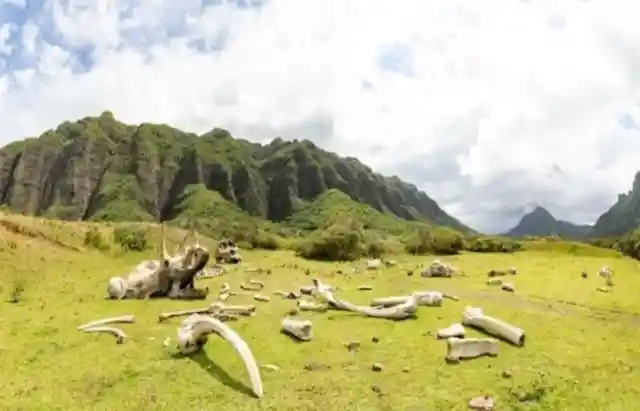
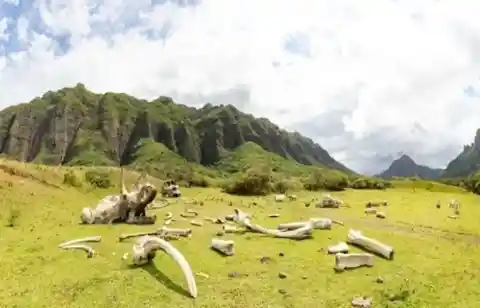
As well as the dino-classic, Adam Sandler and Drew Barrymore's romantic comedy "50 First Dates" and the action-adventure flick "Pearl Harbor" were also shot here. If you want to see where Jurassic Park was filmed, you can go on a tour of Kualoa Ranch and see it for yourself.
The Creators Of Lilo And Stitch Were Influenced By Hawaiian Culture
Disney's 2001 film Lilo and Stitch was set in Hawaii. The film makes many nods to Hawaiian culture, with real-life Hawaiian backgrounds used during filming that people in the know can easily recognize. Initially, however, the movie was meant to be set somewhere else.
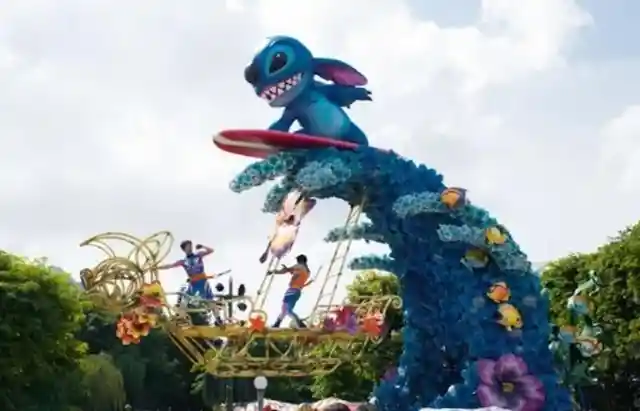
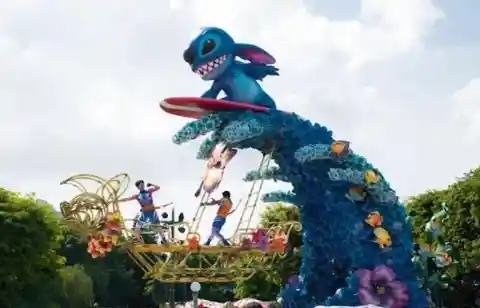
The filmmakers wanted to take the idea of "ohana," meaning "family," and make it a core part of their movie’s story. They felt that the theme of “family” made a great fit for the story and represented Hawaiian culture well. Hawaiian slang was also added to the script by the actors who voiced Nani and David.
Billboard-free Zone
If you've visited Hawaii, you may have noticed that there are no billboards along the roads. In addition, there are also strict regulations and rules concerning other types of signage. Only four states—Vermont, Alaska, Hawaii, and Maine—have outlawed billboards in this fashion. Hawaii was the first to take this initiative.
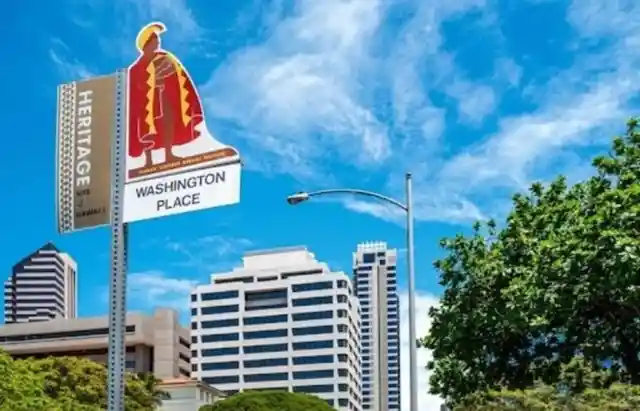
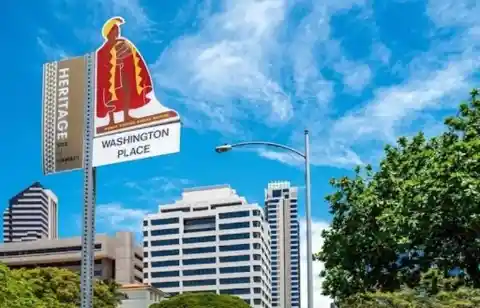
Billboards are totally banned from the island, thanks to a law passed in the 1920s. This law was established to preserve the natural beauty of the island and the historic sites within that would otherwise be ruined by giant advertisements.
Hawaiians Have A Great Love Of Spam
Hawaiians are a little different from the rest of us in their love of Spam, a canned meat product. Most people don't like Spam—they'd rather eat their meat fresh, but Hawaiians love the canned meat product. It's just one of their quirks.
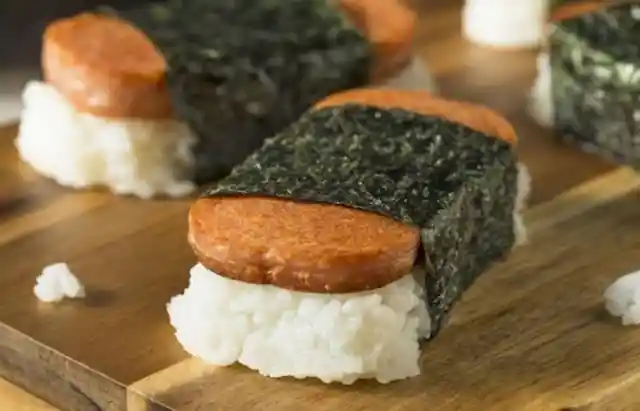
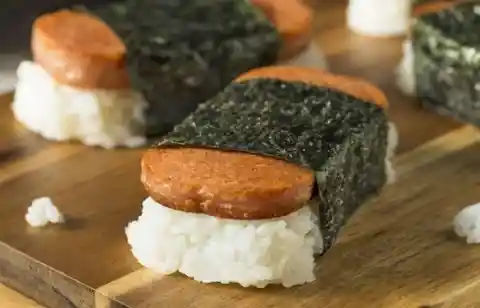
Hawaiians eat up to 6 million cans of spam each year. Besides canned spam, locals also enjoy SPAM musubi and loco moto. Hawaiians' love of spam dates back to World War II when it was served to GIs stationed on the islands. The world's largest spam festival—Spam Jam Waikiki—is held annually in Oahu.
Hawaiians Love Sin City
Hawaiians have a passion for gambling—and it's easy to see why. The only way for Hawaiians to gamble legally is to travel to Las Vegas or other places where gambling is legal. If you're familiar with the concept of forbidden fruit, you might already understand how this works.

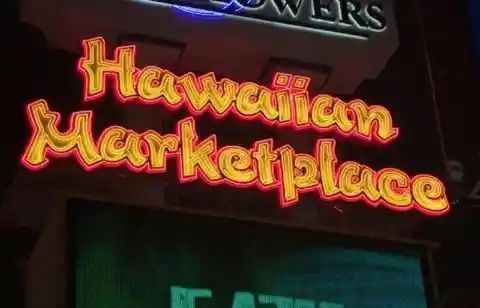
Hawaiians flock to Las Vegas for entertainment and gambling, as well as excellent food. Locals often think of Vagas as their landlocked “9th” island. There’s even a Hawaiian marketplace located in Vegas! The only other US state in which gambling was made illegal is Utah.
Hawaiian Beaches Are Open To The Public
Are you looking for a beautiful beach to lay upon? You won't have to look too far. Hawaii has eight islands, each with its own stunningly gorgeous beaches. But did you know that the color of the sand varies from island to island?
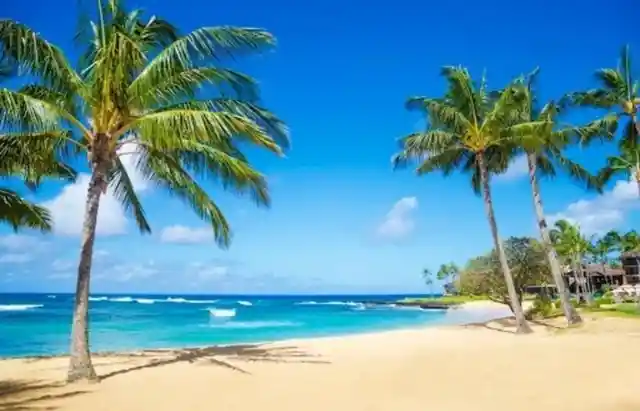
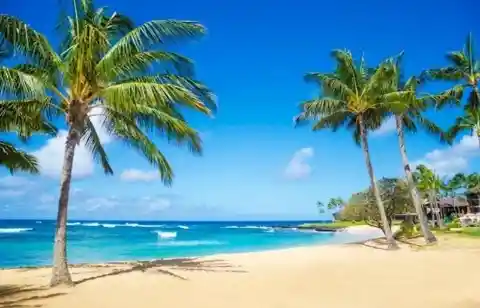
The best part? You don't have to worry about access. All the beaches are for public use—private land developers must provide public access. Residents or business owners who attempt to obstruct public beach access face large fines. This decision, made by the Hawaii Supreme Court, is something we can really get behind!
Kingdom of Hawaii
The stunning Hawaiian islands were formerly known as the Kingdom of Hawaii. Powerful kings and queens formally occupied Lahaina, located in West Maui, which was its capital city from 1800 to 1845. So what brought down their monarchy?
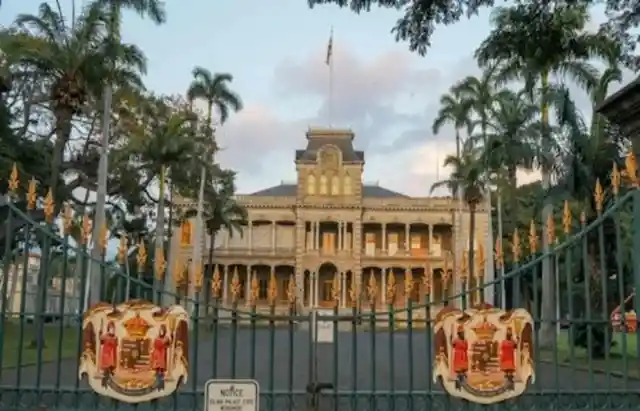
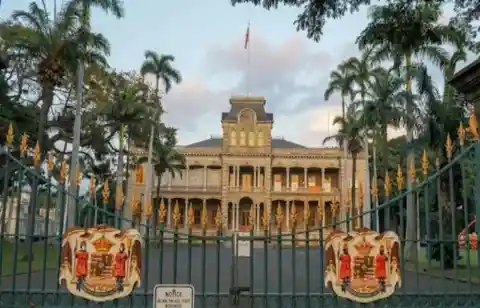
In 1893, a group of non-Hawaiian men in the royal cabinet overthrew the queen. They formed The Committee of Public Safety and executed a military coup. Today, the legacy of the Hawaiian kings and queens is remembered and celebrated on March 25th and June 10th as state holidays.
Sharing is Caring
In Hawaii, there is a tradition that has been carried on for generations: fresh fruit. To Hawaiians, it is an invaluable gift. Whenever locals have more fruit than they can manage, they pass it on to someone with aloha who will appreciate it.
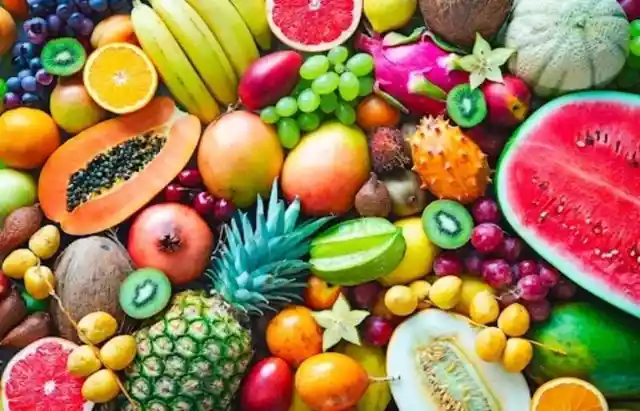
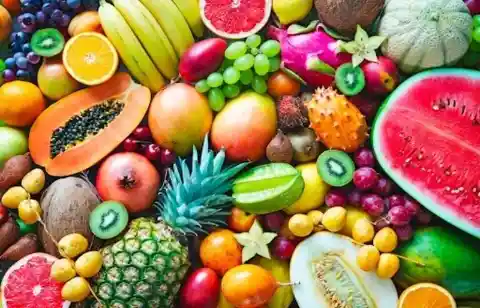
While roaming around the islands, you will see fresh fruit growing in abundance that you can take absolutely for free. However, there is an unwritten rule that governs the consumption of this fruit: don't be greedy—take what sustains you, but no more.
The Maui Clubhouse
Frank Lloyd Wright, a 20th-century American architect and designer, built a clubhouse on Maui in 1949. As one of the most influential people of his time, he was inspired by the harmony of nature, so it made sense that he chose Maui as the location for this project.

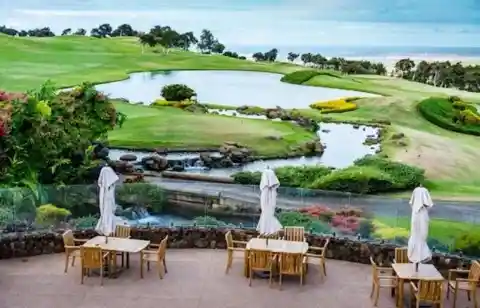
The mansion was originally designed to become the residence of Marilyn Monroe, but the actress never moved in, and it eventually became a private golf club. The 74,000-square-foot masterpiece still welcomes visitors who want to take a look around.
Mauna Kea, The World’s Tallest Island Mountain
You might be wondering—isn't Mount Everest the tallest mountain on earth? Well, sort of. Everest holds the record for being the highest mountain above sea level, but Hawaii is home to the tallest mountain if you measure its peak from its base on the ocean floor. That mountain is called Mauna Kea.
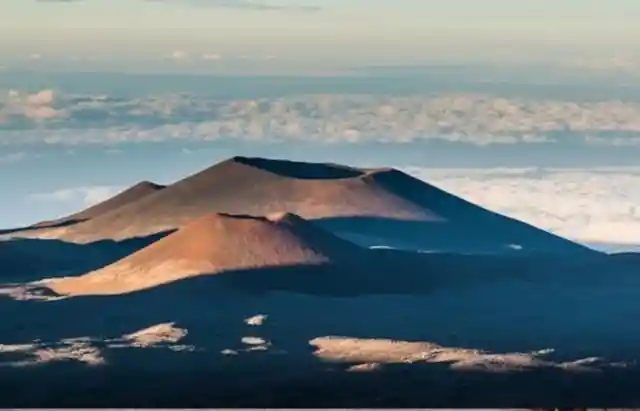
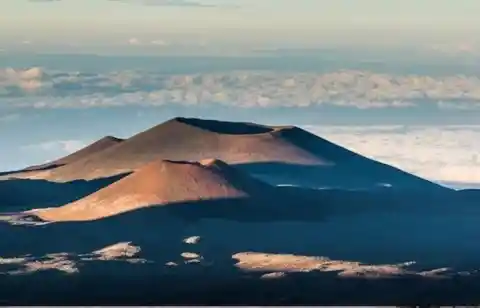
To put that into perspective, Mauna Kea climbs a total of around 33,500 feet, while Everest is rises 29,000 feet high. And the volcano on Hawaii's Big Island is thought to have formed over a million years ago. This makes it Hawaii's highest peak and tallest volcano.
Daylight Saving Time isn’t Practiced There
The state of Hawaii has its own time zone, known as Hawaii Standard Time. Most countries and states adjust their clocks twice a year, in winter and in summer, to make the most of their days. But on the eight islands that make up Hawaii, there is no need to do so, because they are always in their best season.
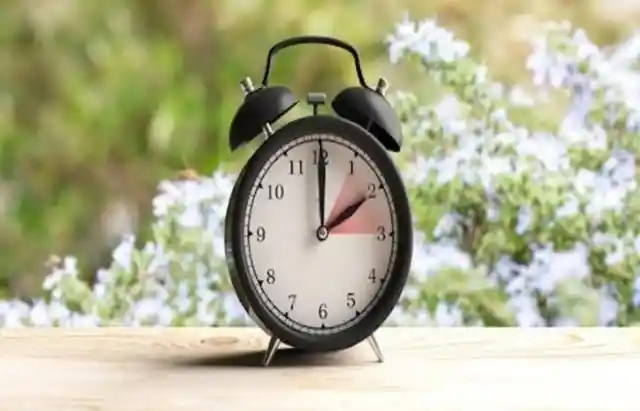
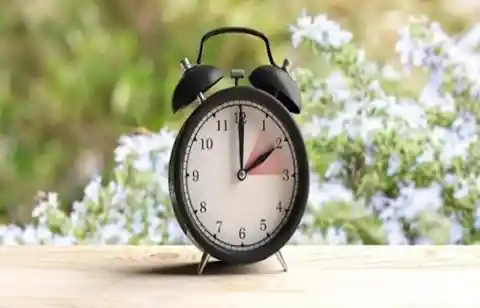
Hawaii doesn't follow the national practice of Daylight Savings Time because it's unnecessary and was stopped in 1967. Hawaii's sunrise and sunset times don't change that much throughout the year, so they don’t need to adjust their clocks at all.
Garden of the Gods
When you think of “Garden of the Gods,” you might imagine lush vegetation. But this barren site in Hawaii is home to only strangely shaped boulders and dust—it's an otherworldly lava formation that looks like rocks simply dropped in from the sky.
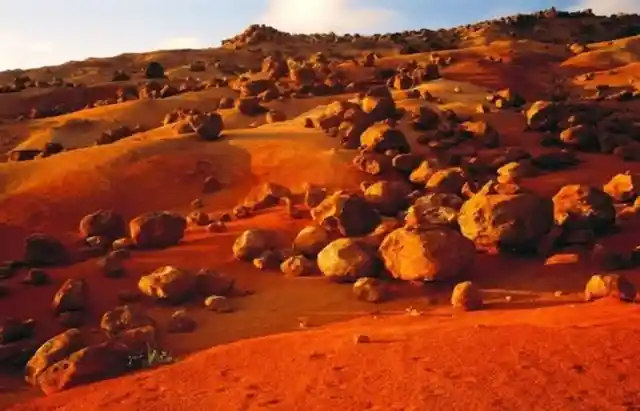
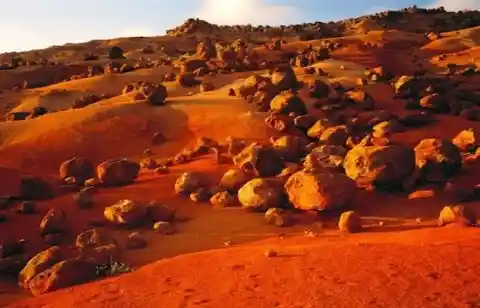
The garden is a must-see spot for tourists. It’s 45 minutes away from Lanai City on the northwest side of the island. It's at its most enchanting at dusk when the rock towers and spires are bathed in a golden glow from the setting sun. If you want to see this natural wonder—and trust us, you do—make sure you have a car or a bike.
Hawaii Keeps Expanding Everyday
Hawaii is one of the few places in the world that is actually growing. That's because they have active volcanoes. And when those volcanoes erupt, lava flows from the island into the ocean, and it adds new land. So while a lot of places are shrinking due to erosion, Hawaii is growing!
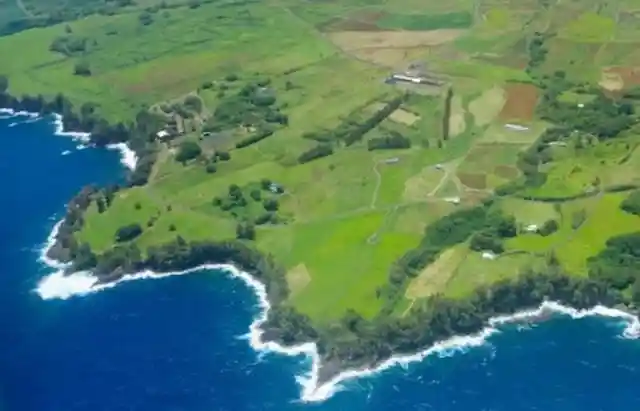
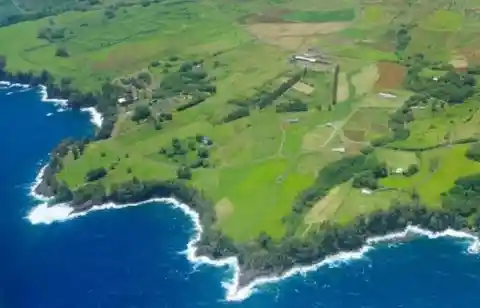
It is believed that Hawaii is a geothermal hot spot. Hot lava from the latest eruption reaches sea level and forms more land! In fact, a new island is being created off the coast of Hawaii called Loihi. It will rise above the ocean’s surface in approximately 10,000 to 100,000 years.
Pineapples Aren’t Native To Hawaii
When people think of Hawaii, they think of coconuts and pineapples. The pineapple, however, is not native to Hawaii. Polynesians lived on the island for many years before the pineapple even appeared there. Even though the pineapple was not native to Hawaii, it became a staple food for many residents.
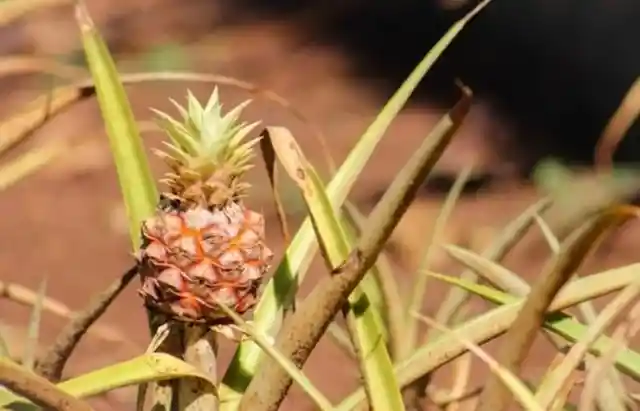
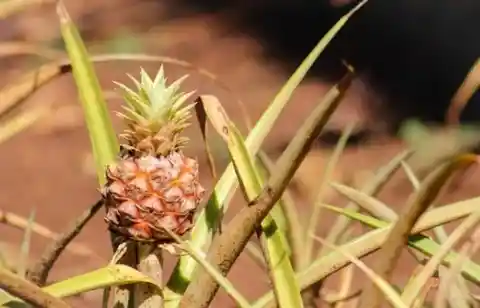
The pineapple is a fruit native to South Africa, but it has become so popular that nowadays, people don't even know where it comes from. That being said, the pineapple is now an important part of Hawaiian culture and symbolizes happiness and hospitality.
The Largest Tree In The Country Can Be Found In Hawaii
Hawaiians are always proud to tell visitors about the extraordinary natural wonders found in their home state. One such wonder is the world's largest banyan tree—which isn't just among the largest in Hawaii—but it’s also the largest in the United States of America.
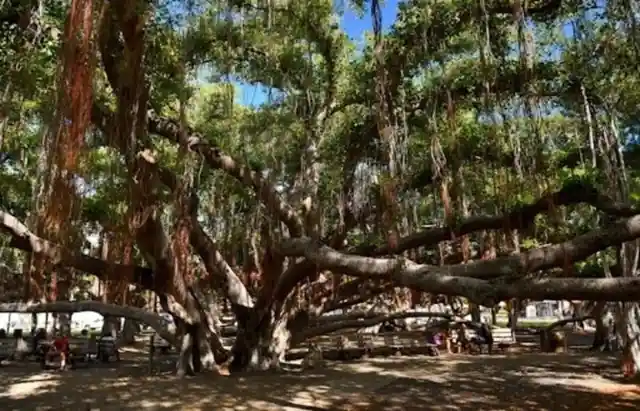
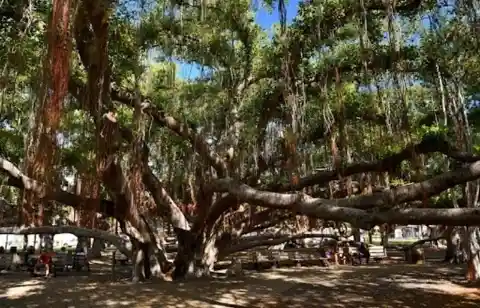
The banyan tree in Lahaina's Banyan Tree Park was planted in 1873 and has since grown to be over 60 feet tall. It is so large that its roots have formed 16 new trunks to support this massive tree. The banyan tree is so big that it takes up the whole park!
Hawaii Ice Glaciers
Hawaii is a beautiful, sea-locked land, but it has some surprises in store for you. It is known for its sunny weather and tropical temperatures, but the state actually underwent four different glacial periods over the past 300,000 years.
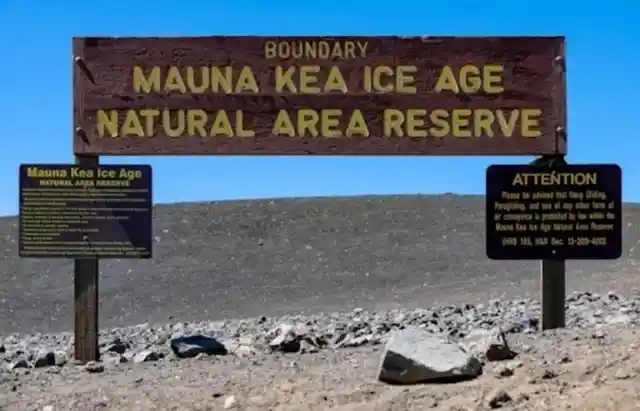
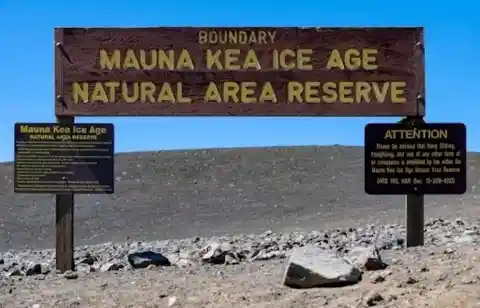
Simply put, four ice ages have already hit the Hawaiian Islands, but if another one comes, we hope it will be the last. The heat of the sun on the beach is what we like about Hawaiian summers.
Wailua River State Park
If you're visiting Kauai, make sure to check out the Wailua River State Park. This park is located in the Wailua River Valley on the eastern side of the island, and it features a beautiful river that you can kayak or boat on, as well as a rainforest that's perfect for exploring!
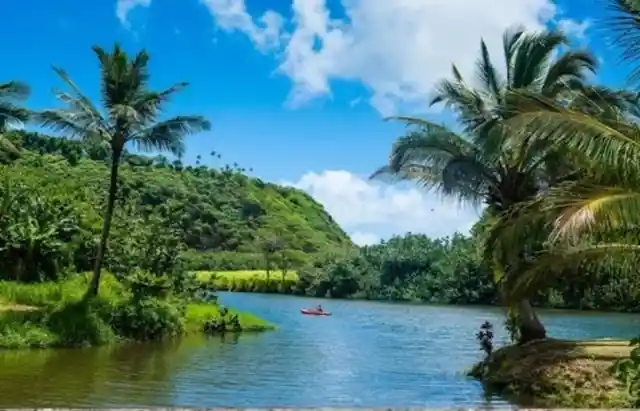
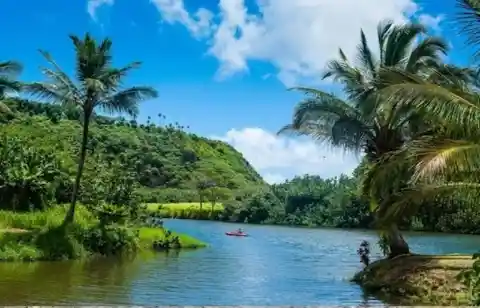
Just steps from the Wailua River State Park is a historic site—the Wailua Complex. This complex is made up of several temples that were once considered to be a center of power on the island of Kauai. The landmark has several ancient structures, offering visitors a glimpse into a fascinating past.
The Majority Of Hawaiians Are Minorities
It may sound like a contradiction, but it makes perfect sense. Normally, at least one group of people makes up at least 50% of the population in most states and countries. This is not the case for Hawaii.
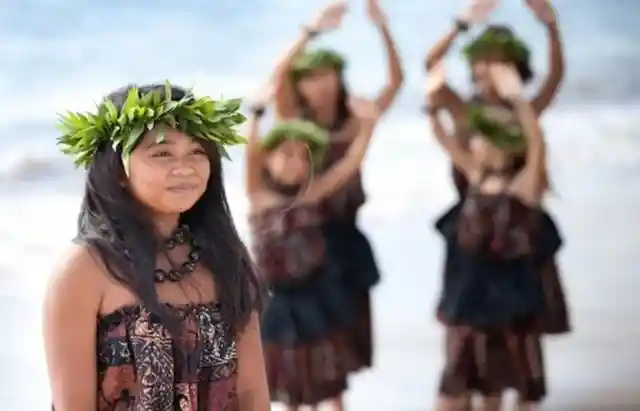
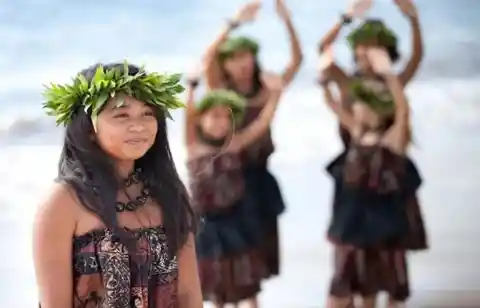
The people of Hawaii are ethnically and racially diverse. Only 10% of Hawaiians are true Native Hawaiians; the rest are Asian, Pacific Islander, African-American or white. This makes it one of the most multicultural places in the world.
Its Tourism Industry Is Big
It's easy to see that tourism is the biggest industry in Hawaii. There’s another big business in Hawaii, however—and that’s coconut oil and coffee, both big exports. But everyone knows that it's tourists who make the state go!

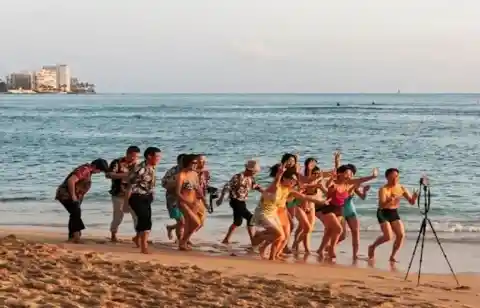
Representing more than 20% of Hawaii’s economy, tourism has become its number one priority. In fact, more than 9 million visitors come to the state each year to enjoy its beautiful landscape and taste its exotic food, as well as participate in local customs.
The Familiar Flag of Hawaii
When you look at the state flag, you may think it looks suspiciously familiar. It combines elements from two other well-known flags—the United States and the United Kingdom. This wasn't merely an accident—this was a deliberate attempt to merge the symbols of two powerful nations.
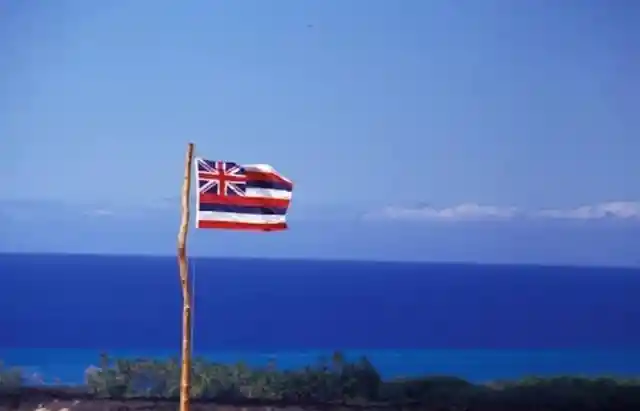
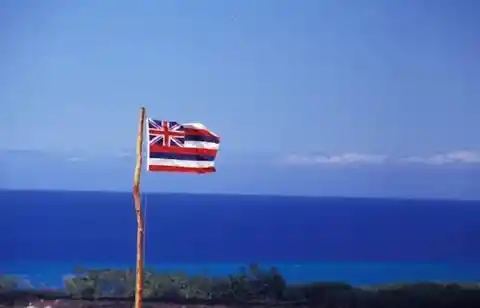
The flag of Hawaii is an expression of the islands' relationship with the United Kingdom and the United States. Hawaii and the UK have traditionally had a special connection, and the inclusion of the Union Jack is meant to symbolize this. The eight horizontal stripes represent the eight islands, while their colors are meant to be generally reminiscent of America.
The Bats Of Hawaii
In all the Pacific paradise, bats and monk seals are the only mammals native to the islands. The bats that live in Hawaii are a special distinct species of bat called a. Semotus. These bats are endemic to the island, which means they can only be found there.
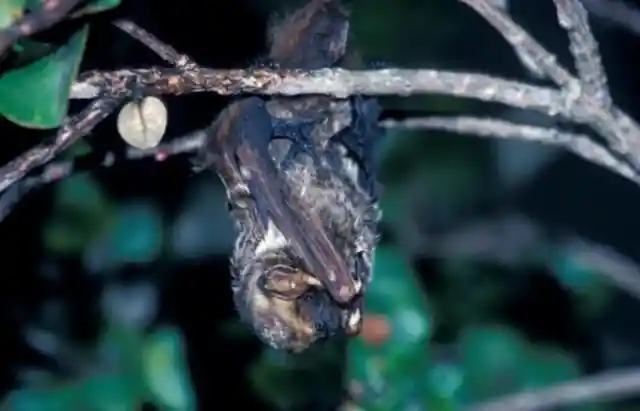
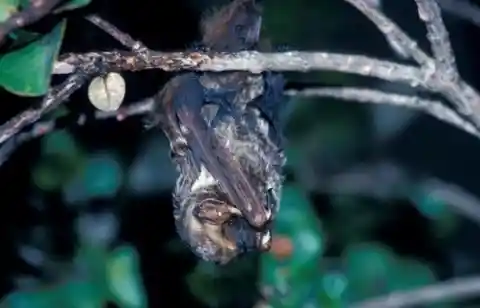
The a. Semotus use their tails to wrap around their bodies and create a little pouch that keeps them warm when they need to take a nap. Cute! You won’t see many of these guys out on the beaches—they mainly stick to woodlands or lakes.
Monk Seals Love Sleep
Residents of Hawaii can feel grateful knowing that they share their home with the Hawaiian Monk Seal, an animal that is native to the islands. These seals can live up to 30 years and were named the state's official animal in 1976.
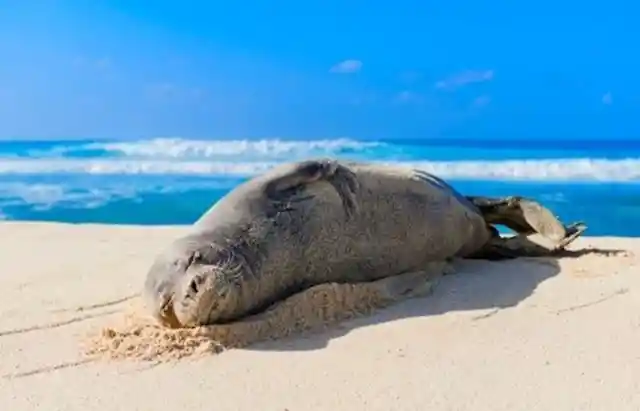
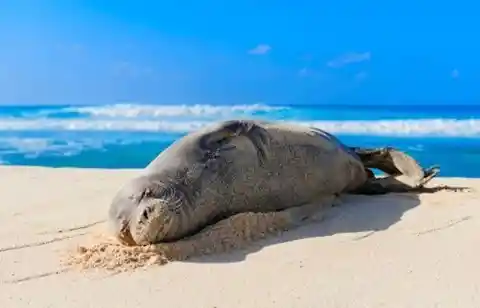
It's no surprise that they won this title—they are adorable! The Hawaiian monk seal gets its name from the folds of skin that make it look like a monk's cowl and because it’s usually seen alone or in small groups, meditating in the sun. It spends much of its time sleeping on the beaches of Hawaii.
Seals Get The Best of Both Worlds
Seals live inside and outside the water. As excellent divers, they can sink below 1,800 feet, you’ll catch them by shallow pools most of the time. Monk seals enjoy diving and walking on the beach. They also have a special ability.
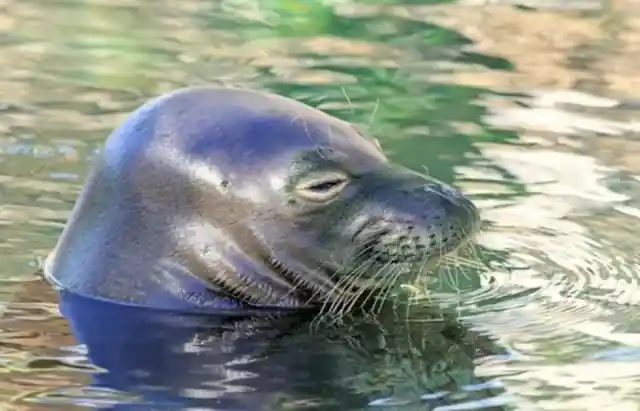
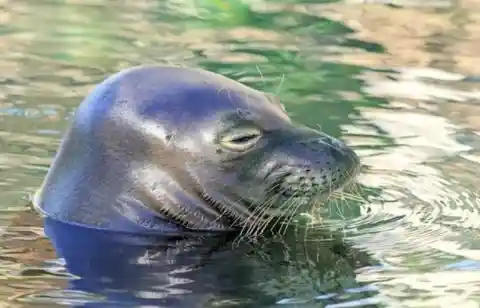
They can keep their heads underwater for a long time! Humans find it hard to do, but seals have the advantage of living both inside and outside the water. Just like Hannah Montana, they get the best of both worlds!
Koppen Climate System
The Koppen climate system is a tool used by meteorologists to categorize the climates of Earth. The five major categories are: tropical, continental, mild, dry, and polar. Each type has been subdivided into several subcategories, and the Hawaiian Islands have four of the five!
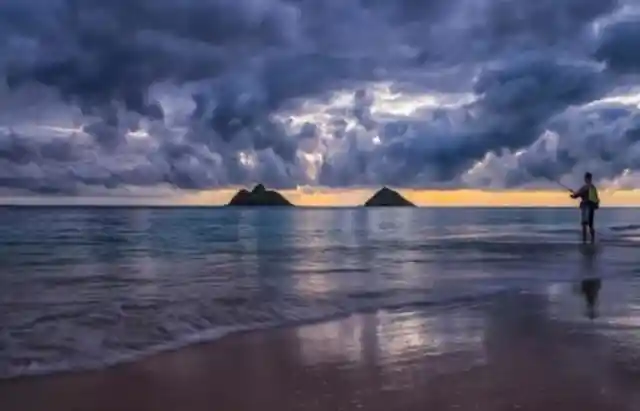

That being said, the paradise of the pacific lacks a true continental climate because they do not experience freezing temperatures or months where temperatures are above 50 °F. Eight of the thirteen sub-categories of climate exist on the eight islands as well.
The Iconic Hawaiian Shirts
Aloha shirts are mostly—but not exclusively—worn by men. The shirts are known as aloha shirts because of their association with the Hawaiian islands. They can be colorful and feature a pattern inspired by nature. Tourists often wear them while visiting Hawaii.
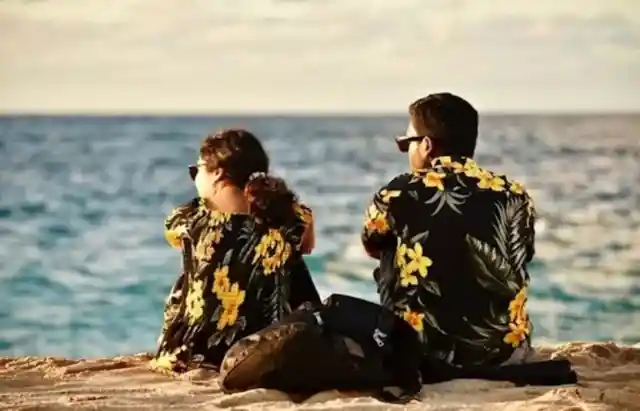
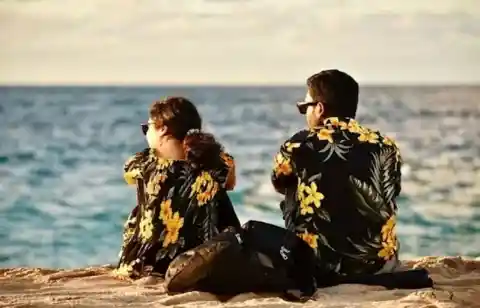
Aloha shirts were traditionally worn in situations a bit more formal than just going to the beach. Hawaiians wore them to nice restaurants or offices on workdays. Today, aloha shirts have become a symbol of casual attire—a reminder of the laid-back Hawaiian lifestyle.
Catastrophic Molt
Just like snakes, Hawaiian monk seals shed their skin. But instead of shedding their skin, they shed their fur. It's called a "catastrophic molt." It's not exactly fun for them, but you can compare it to a deep facial or washing dirty clothes.
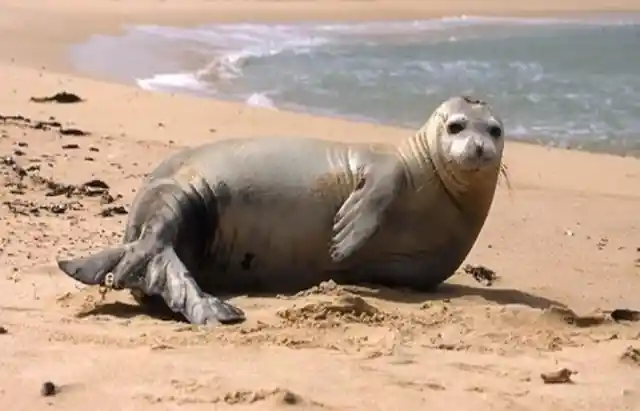
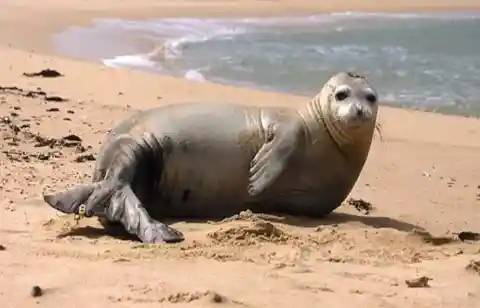
After the seal monks molt, they're as good as new and ready to tackle their life under the sea and on land once again. The appearance of a green-skinned seal on the beach means that you’re about to see a whole lot of shedding.
Shell-Based Leis
On all of the Hawaiian islands, shell leis are made from three different kinds of shells. Each island has its own unique style of making these leis, which can be found everywhere on each island. Many artists and craft makers live in Hawaii, after all.
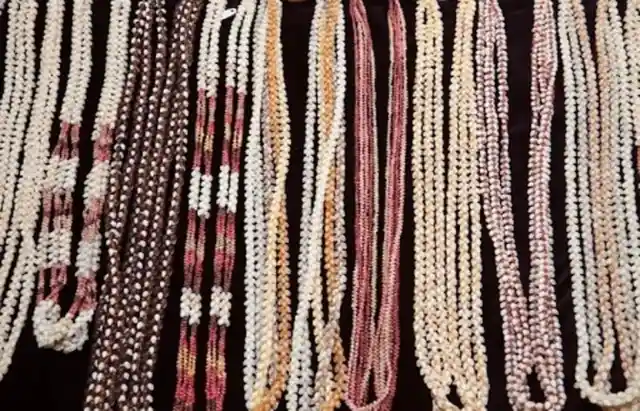
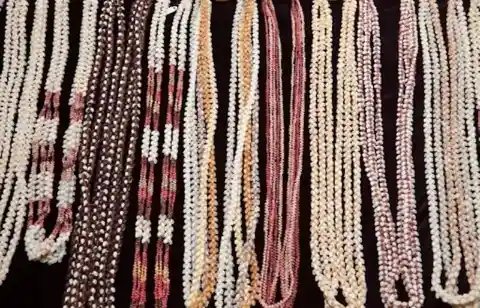
They love crafting beautiful shell leis that they sell in their stores. The price will depend on what shells were used and how rare that shell is. So if you want an extra special lei, be prepared to spend some clams!
Surf Culture
After World War II, Hawaii became a popular vacation destination and quickly gained a reputation as one of the most enjoyable places to visit in the US. This illustration is a great example of how the Hawaiian Islands were promoted in advertising.
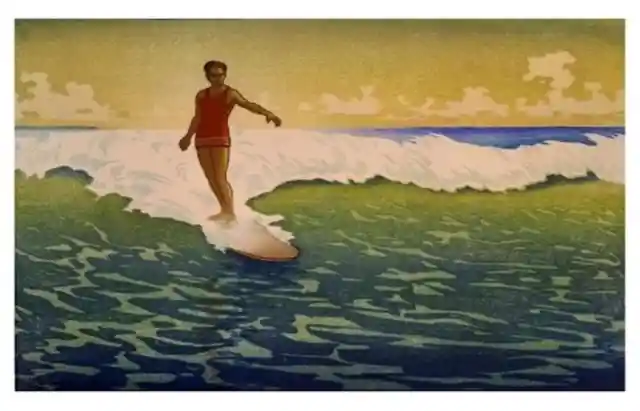
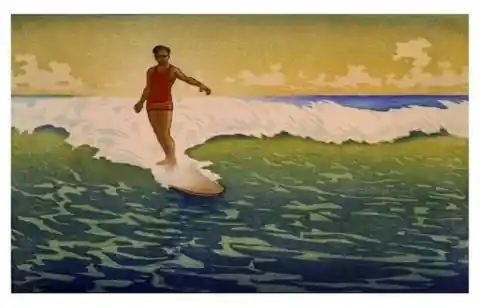
This picture is an early example of surf culture being marketed to the general American public when it first rose to popularity as an American vacation spot. It was not until the 1950s and 1960s that surf culture became more popular in America.